Milkyway Zoom

all-sky gamma rays
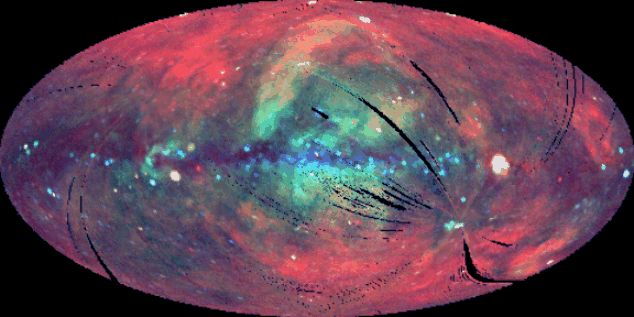
all-sky X-rays

all-sky visible light (drawn map)

all-sky visible (photo mosaic)

all sky near IR
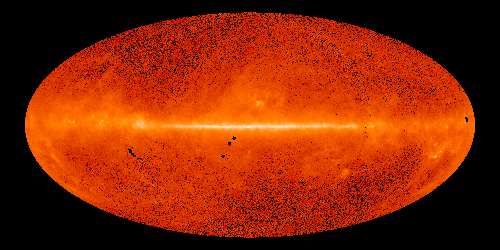
all sky far IR

all sky radio


central milkyway visible (~52o wide or about 25,000 ly across
at the distance of the Galactic center)
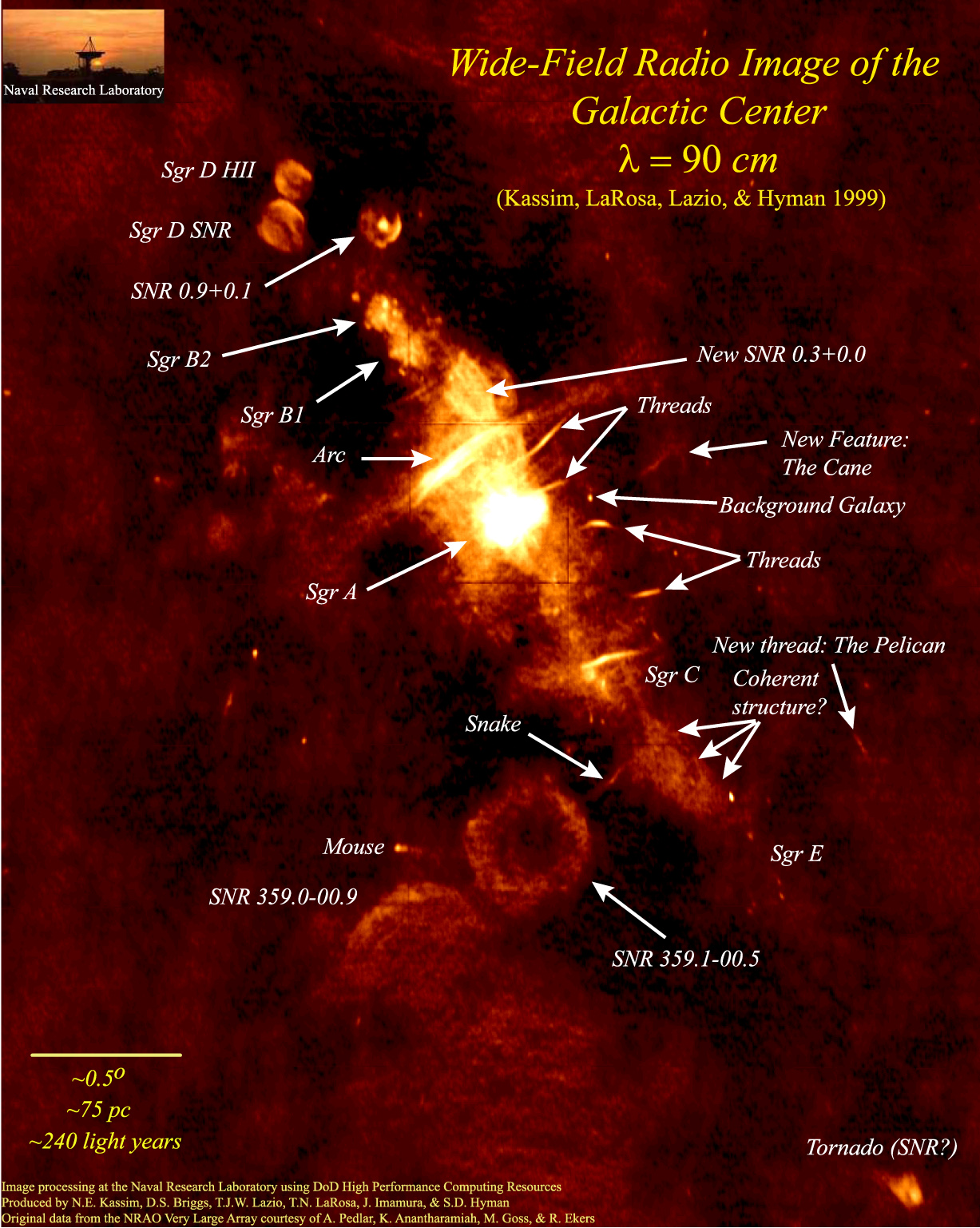
central milkyway radio (~3o wide or about 1440 ly across
at the distance of the Galactic center)
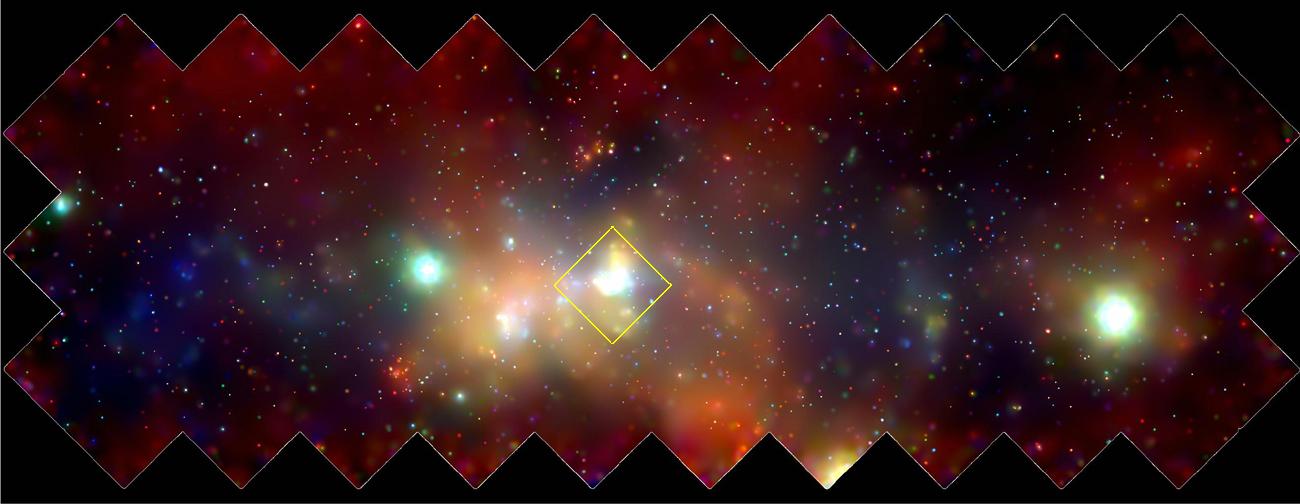
Galactic Center X-ray, Sgr A* bright area near image center (120 arcmin
x 48 arcmin or about 960 ly across at the distance of the Galactic center)
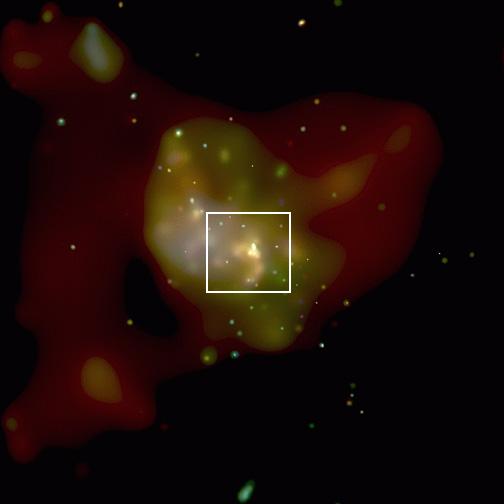
Sgr A* region X-ray (8 arcmin x 8 arcmin or about 64 ly across at the distance
of the Galactic center)
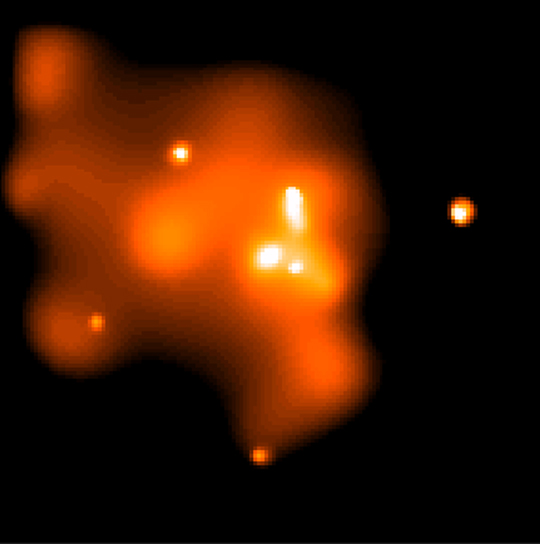
Sgr A* region X-ray (~1.3 arcmin across or 10 ly across at the distance
of the Galactic center)
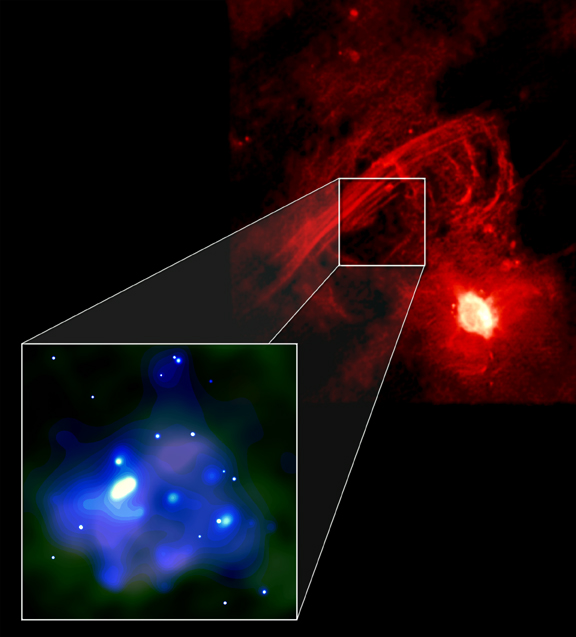
Sgr A* region: red = radio image (30 arcmin x 30 arcmin) (also
see below)
Inset: blue = X-ray image + green = mm wave image (8 arcmin
x 7 arcmin)
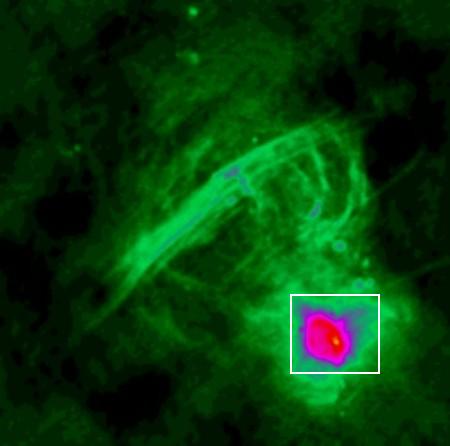
gas filaments along magnetic field lines (Sgr A* located in red region,
lower right) radio
(30 arcmin x 30 arcmin or about 240 ly across at the distance of
the Galactic center)
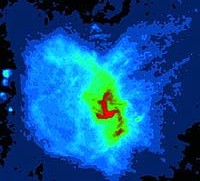
pinwheel structure around Sgr A* radio (~6 arcmin wide or about 49 ly across
at the distance of the Galactic center)
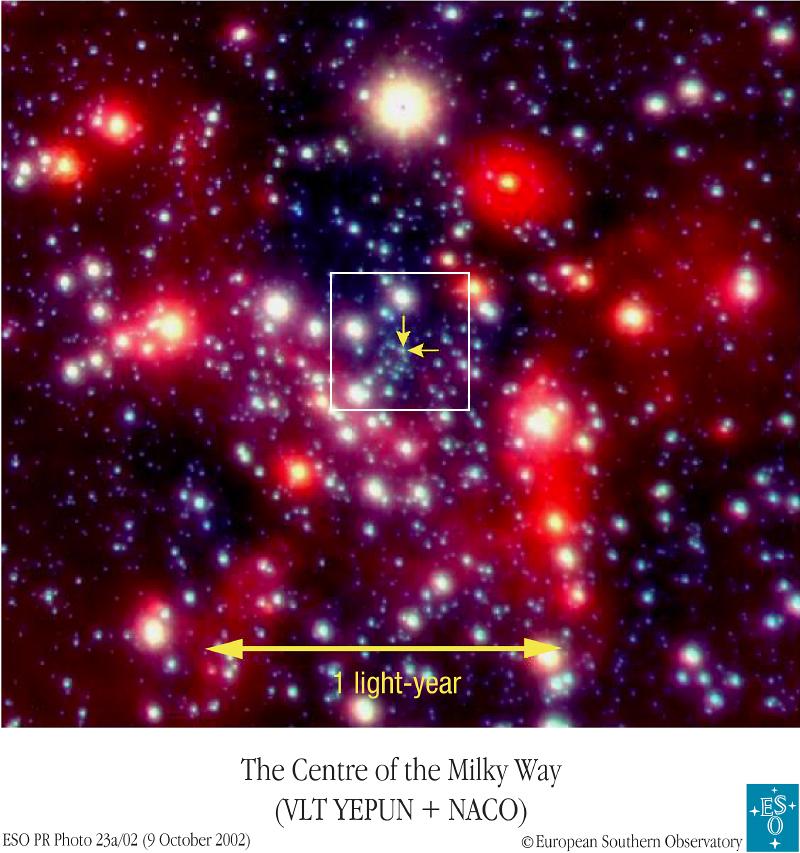
Center of the Milky Way in IR, location of Sag A* arrowed/boxed (~16.5
arcsec wide or 2.2 ly across at the distance of the Galactic center)
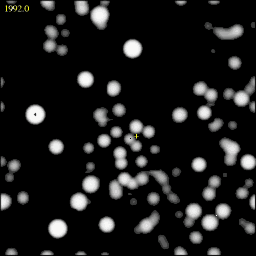
GIF movie from 1993 to 1999 of stars orbiting the central black hole at
the nucleus of the galaxy. Image is ~0.1 ly x 0.1 ly or about
0.75 arcsec wide. In comparison, a single star image as seen through
NGAO's 16" telescope would be 4 times wider than this whole image!
This data provides the most compelling evidence to date for the existence
of a supermassive (~4 million solar masses) black hole at the center of
our galaxy.

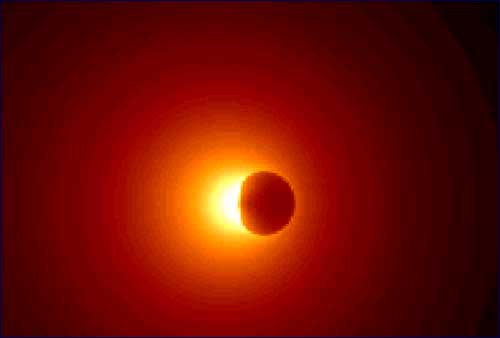
This is a computer simulation of what the "shadow"
of the event horizon of the massive black hole at the center of the Milky Way
might look like if imaged by a proposed millimeter telescope interferometer
array. The resolution needed would be in the micro-arcsec range. In
other words, the width of this whole image would be much smaller than the white
"dot" representing the unresolved image of Sag A* as seen in the last of the
"galactic nucleus zoom" images above, which has a scale of several milli-arcsec.
The proposed millimeter array has been completed ALMA, in
the high desert of Chile. So far no images of the black hole "shadow".




















